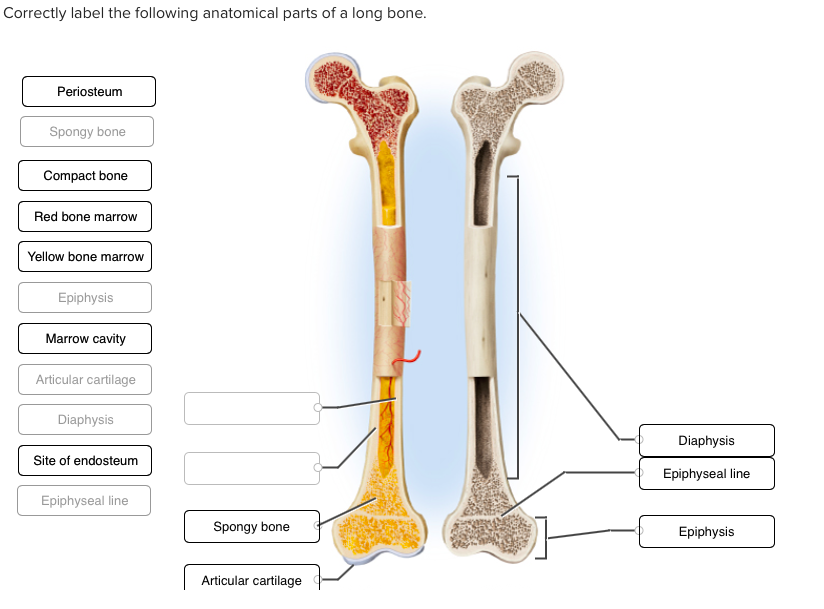
This site complies with the HONcode standard for trustworthy health information: verify here. Learn more about A.D.A.M.'s editorial policy editorial process and privacy policy. is among the first to achieve this important distinction for online health information and services. follows rigorous standards of quality and accountability. is accredited by URAC, for Health Content Provider (URAC's accreditation program is an independent audit to verify that A.D.A.M. Bones in the wrists and in the ankles.Īn expanded proximal end of a bone that forms part of a joint.Ī small rough projection that may occupy a broad area of the bone surface.Ī smooth grooved articular process shaped like a pulley.Ī large passageway through the substance of a bone.Ī chamber within a bone that is normally filled with air.Ī small, rounded passageway through which blood vessels or nerves penetrate the bone.Ī narrow connection between the head of the bone and the diaphysis of the bone.Ī shallow depression or recess in the surface of the bone.A.D.A.M., Inc.

They Develope inside tendons and are most commonly located near joints at the knees, the hands, and the feet. Generally small, flat, and shaped somewhat like a sesame seed. Located in the arm and forearm, thigh and leg, palms, soles, fingers, and toes.Ĭomplex shapes with short, flat, notched, or ridged surfaces. Small, flat, irregularly shaped bones between the flat bones of the skull. They provide protection for underlying soft tissues and offer and extensive surface area for the attachment of skeletal muscles.

Form the roof of the skull, the sternum, the ribs, and the scapulae.


 0 kommentar(er)
0 kommentar(er)
